Russia's suffocation tactics
Ukrainians spent much of the New Year holiday in bomb shelters as Russia launched the heaviest air strikes since the conflict between the two countries erupted nearly two years ago.
According to Ukrainian President Volodymyr Zelensky, Russia launched more than 500 missiles and unmanned aerial vehicles (UAVs) at targets across Ukraine in just five days from December 29, 2023 to January 2, 2024.
The massive wave of attacks suggests that what many Ukrainians feared most has finally happened. Russia reportedly spent months stockpiling missiles and drones for a winter offensive, which Moscow carried out in 2022.
However, observers have pointed out changes in Russia's tactics in this year's raid campaign.
"Since December 29, 2023, Russia has stepped up the intensity of its long-range attacks against Ukraine," the British Ministry of Defense said on January 3. The agency also said that Russia's recent attacks were likely to focus on Ukraine's defense industry, unlike the attack on energy infrastructure last winter.
Last winter, Russia targeted Ukraine’s civilian energy infrastructure in an effort to force the country into submission. The five-month campaign resulted in rolling blackouts across Ukraine, but ultimately failed to shake Ukrainian morale.
Meanwhile, this year, Moscow appears to have focused on attacking Ukraine's military and defense infrastructure, such as manufacturing plants, weapons and ammunition depots, among other targets.
This has fueled suggestions that Russia is seeking to undermine Ukrainian morale while also undermining Ukraine's ability to produce the weapons and ammunition needed for a protracted war of attrition.
Notably, Russia’s primary and immediate goal may be to suffocate Ukraine’s air defense capabilities. To achieve that goal, Moscow has changed its attack tactics compared to last year.
This tactic by Moscow is intended to overload and thereby reduce the effectiveness of Ukraine's air defense system.
On December 29, 2023, Russia launched a wave of attacks with 158 missiles and UAVs targeting a series of major Ukrainian cities. Ukraine announced that it shot down 87 Kh-101/555 cruise missiles and 27 suicide UAVs, equivalent to 72% of the total weapons used by Moscow, but failed to intercept the Kinzhal, Kh-22/32, S-300, Iskander-M, Kh-31P and Kh-59 missiles.
In the second large-scale attack on January 2, Russia used 134 missiles of various types and 35 suicide drones against Ukraine. Ukrainian air defense units shot down all 10 Kinzhal hypersonic missiles, 62 Kh-101 and Kalibr cruise missiles, and 35 suicide drones.
The strikes appear to be the culmination of months of preparation and testing by Russia, including increased missile production, according to the US-based Institute for the Study of War (ISW).
Ukrainian military intelligence estimates that Russia can now produce about 100 missiles per month, compared to more than 40 previously. In other words, Russia uses a month’s worth of production for just one attack – a tactic that is considered economically unsustainable.
Matthew Schmidt, an associate professor of national security and political science at the University of New Haven, said Russia is willing to spend millions of dollars to “cause one Ukrainian casualty,” but that it is part of a strategy to drain Ukraine.
"That's why Russia is carrying out the kind of attack it's doing now, trying to overwhelm Ukraine's air defenses and get Ukraine to fire anti-aircraft missiles, forcing Ukraine to use everything it has," Smith said.
Ukraine's Air Defense: Strong but Not Enough
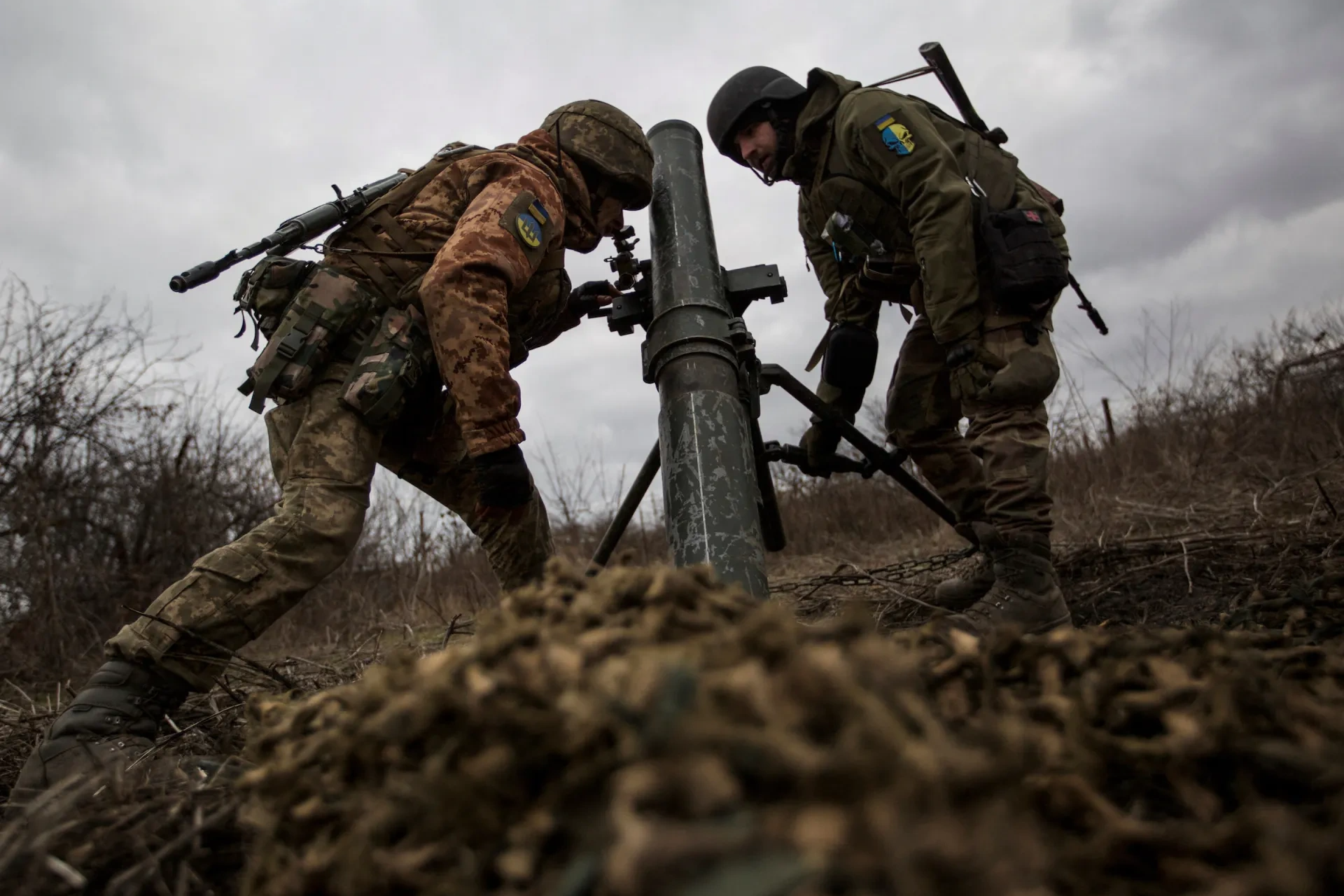
Ukraine is running short of air defense resources as aid from the West slows down (Photo: AFP).
With modern air defense systems provided by the West, such as the US Patriot, Ukraine has withstood fierce attacks from Russia. Kiev can intercept the Kinzhal hypersonic missile, which Moscow once declared an "invincible weapon".
Ukraine's current air defense capabilities far exceed expectations. Ukraine's multi-species air defense systems have an interception success rate of about 70-80%.
The interception rate of the air defense system remains high, but that also means Kiev has to expend a large number of air defense missiles, while a certain amount of Russian weapons still penetrate the air defense net and cause damage on the ground.
Therefore, Russia (the attacker) can always overwhelm Ukraine (the defender) if it has more missiles. Then the war will become a war of attrition and the winner is the side with more missiles.
Another weakness of Ukraine is that although its air defense capabilities have improved significantly, Kiev remains heavily dependent on supplies from allies and partners.
Ukrainian Air Force spokesman Yury Ihnat admitted on January 9 that Ukraine is receiving a series of Western weapons that need to be maintained, repaired and upgraded. However, the political deadlock in the West is disrupting aid packages, making it more difficult to maintain the operation of NATO-standard weapons.
"We are clearly short of air defense guided missiles," he said.
How long can Ukraine's air defense last?
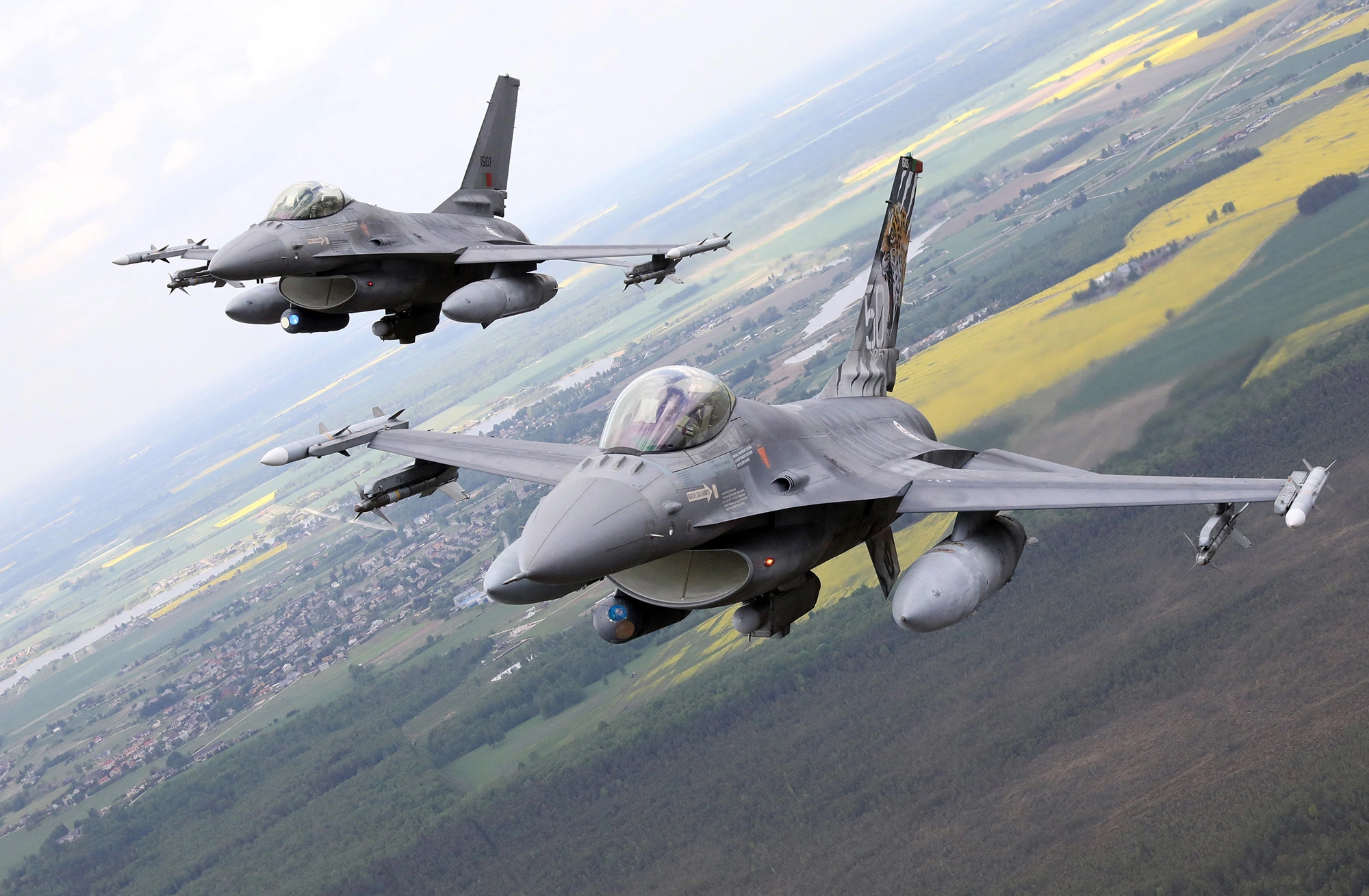
If the West does not promptly provide additional air defense resources, Ukraine's air defense system will soon be exhausted (Illustration photo: AFP).
The large-scale Russian offensive comes at a time when the flow of US and EU aid to Ukraine is slowing. With the prospect of US and EU military aid continuing to be clouded by political obstacles, there is a growing risk that Ukraine will run out of ammunition in the coming weeks.
A collapse of Ukraine’s air defenses would be catastrophic. If Ukraine’s ammunition supplies run out in late January or early February, Ukraine could be forced to concentrate its limited resources and leave much of the country undefended. Under those circumstances, a Russian airstrike could easily cause massive casualties in Ukraine.
Kiev officials warn that Ukraine's arsenal can only last two months without Western help.
Matt Duss, executive vice president at the Center for International Policy, said Ukraine would likely have to reallocate its defense resources. Kiev would then face difficult decisions about where to prioritize defense and where to leave it at a disadvantage. That would leave many cities underprotected.
"Ukraine will be forced to make difficult choices. This has always been Russia's strategy, they try to weaken Ukraine and make the West lose confidence in its commitment to support Ukraine," Mr. Duss emphasized.
Peter Dickinson, editor of the Atlantic Council's UkraineAlert blog, sounded a similar warning.
“A collapse of Ukraine’s air defense system would be catastrophic,” Dickinson wrote in an analysis, predicting thousands of Ukrainian casualties if Russia launched an airstrike.
"Russia will take advantage of any delay in Western aid to Ukraine," said Brock Bierman, a senior fellow at the German Marshall Fund. "Given what's going on, it wouldn't be surprising if Russia gains the upper hand in the next few months. The longer the West delays in approving aid packages, the more it plays into Russia's calculations."
On the contrary, the conflict situation would change significantly if the West agreed to provide a large number of air defense systems to Ukraine.
Kiev officials are well aware of the looming threat and have been actively seeking additional air defense assistance in recent months. In December, Ukraine received a second batch of Patriot systems from Germany, and also secured a commitment from Japan to supply Patriot missiles to the United States, allowing the United States to increase its aid to Ukraine.
After Russia’s unprecedented airstrikes on Ukraine on December 29, Britain pledged to provide Ukraine with an additional 200 anti-aircraft missiles in an emergency. While Kiev welcomed the assistance, it was forced to acknowledge that much would depend on political developments in the United States.
Progress on a major aid package for Ukraine has stalled since the 2024 US presidential campaign kicked into high gear. If Congress fails to approve tens of billions of dollars in aid, Ukraine’s military will face a serious shortage of resources, including in air defense.
Meanwhile, Russia is expecting the West to prolong the stalemate. With its abundant missile and UAV resources, Moscow’s confidence on the battlefield is growing. Russia has affirmed that it will continue its special military operation in Ukraine until it achieves all its goals.
Kiev has called for an urgent meeting with NATO on the issue. However, in order to meet Ukraine's defense needs, NATO is heavily dependent on US support.
NATO said earlier this month it would help allies scale up weapons production to buy 1,000 Patriot missiles to restore their arsenals, which would allow for continued aid to Ukraine.
However, even with a significant increase in air defenses, Ukraine will still find it difficult to stop Russia’s air campaign. To effectively counter the threat from Russian UAVs and missiles, Ukraine must be equipped with long-range missiles and, with the consent of its allies, be able to strike targets inside Russian territory.
"As long as Western leaders insist on limiting Ukraine's offensive capabilities, Ukrainian commanders will have to fight in the air with shields, not swords," said Peter Dickinson.
In a recent interview with the Economist , Ukrainian President Volodymir Zelensky declared that "Western countries should either stand with Ukraine or remove themselves from the conflict."
"If you no longer have the strength to fight, step aside. We will not retreat," Mr. Zelensky affirmed.
Across the front lines, the pace of fighting has slowed, with neither side making any breakthroughs and no major developments to be expected in the near future. Russia is focusing its efforts on the town of Avdiivka in the Donetsk region of eastern Ukraine. Despite heavy losses, Moscow is willing to accept them in order to gain more benefits.
However, with Ukraine's air defenses increasingly weakened, Moscow appears poised for a more aggressive attack, according to the London-based Royal United Services Institute.
Ukraine’s stockpiles of missiles, anti-aircraft guns and ammunition are running low. Ukraine has begun to produce important defensive weapons, but the process could take years to become effective.
In the US, Congress remains focused on negotiations over the US-Mexico border, which will affect any future aid package to Ukraine, while in the European Union, allies remain at a loss after Hungary used its veto to block a $50 billion aid package to Kiev.
According to Atlantic, BBC, Hill
Source


![[Photo] General Secretary To Lam meets and expresses gratitude to Vietnam's Belarusian friends](https://vphoto.vietnam.vn/thumb/1200x675/vietnam/resource/IMAGE/2025/5/11/c515ee2054c54a87aa8a7cb520f2fa6e)



![[Photo] General Secretary To Lam concludes visit to Russia, departs for Belarus](https://vphoto.vietnam.vn/thumb/1200x675/vietnam/resource/IMAGE/2025/5/11/0acf1081a95e4b1d9886c67fdafd95ed)
![[Photo] General Secretary To Lam arrives in Minsk, begins state visit to Belarus](https://vphoto.vietnam.vn/thumb/1200x675/vietnam/resource/IMAGE/2025/5/11/76602f587468437f8b5b7104495f444d)
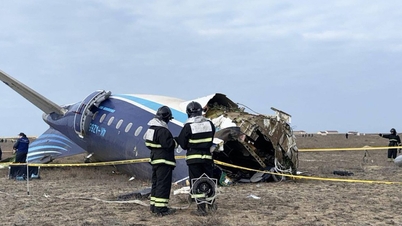



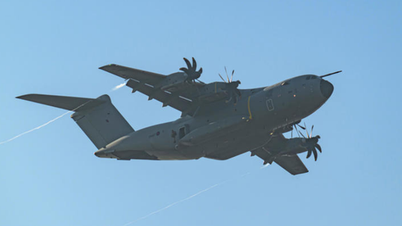















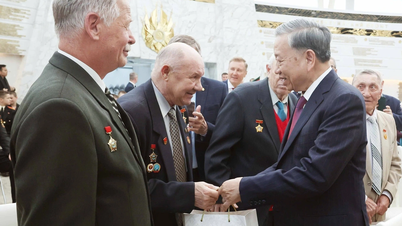





![[Photo] National Assembly Chairman Tran Thanh Man attends the Party Congress of the Committee for Culture and Social Affairs](https://vphoto.vietnam.vn/thumb/1200x675/vietnam/resource/IMAGE/2025/5/11/f5ed02beb9404bca998a08b34ef255a6)
































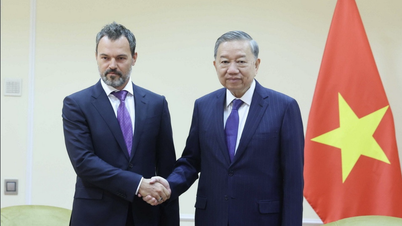




















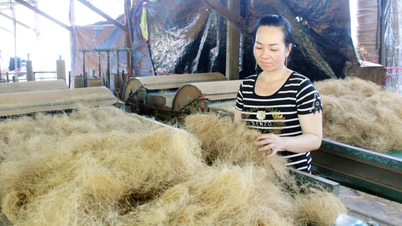
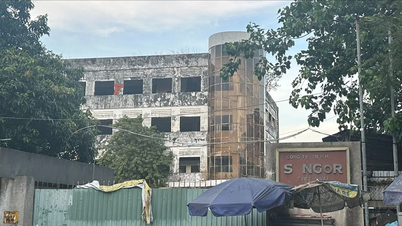









Comment (0)